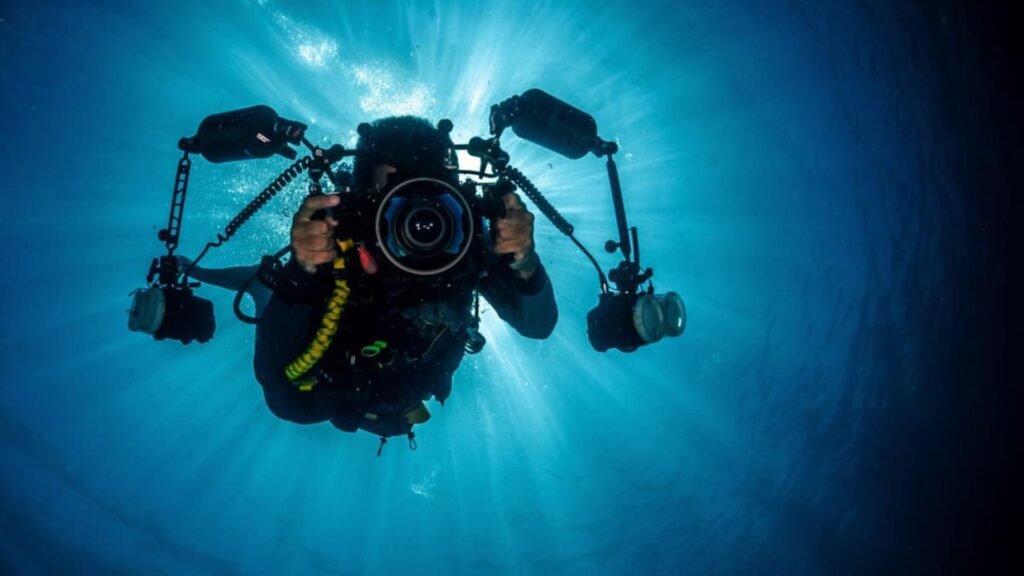Jul 3, 2024
Strategies for Mastering Underwater Photograph
Underwater photography presents unique challenges and opportunities for photographers. Capturing compelling images beneath the water’s surface requires specific skills and techniques. Whether you’re a beginner or looking to improve your underwater photography skills, these strategies will help you achieve stunning results.

Understanding Equipment
Before diving into the depths, it’s crucial to have the right equipment. Start with a quality underwater camera that suits your skill level and budget. Look for models that offer manual control over settings like aperture, shutter speed, and ISO to have greater control over your shots. Invest in a sturdy underwater housing that keeps your camera safe and allows access to essential controls.
Mastering Lighting Techniques
Light behaves differently underwater compared to on land. Understanding how light interacts with water is crucial for capturing vibrant and well-exposed images. Use natural light to your advantage, especially during daytime dives. Position yourself correctly in relation to the light source to minimize backscatter, which can obscure your subjects.
Perfecting Composition
Composition plays a vital role in underwater photography. Pay attention to the positioning of your subject within the frame, taking into account the background and foreground elements. Experiment with different angles and perspectives to create visually dynamic images. Rule of thirds, leading lines, and symmetry can all enhance the impact of your underwater photographs.
Overcoming Challenges
Underwater photography comes with its challenges, such as limited visibility, buoyancy control, and water currents. Practice good diving techniques to maintain stability underwater and minimize camera shake. Use a dive light or strobes to illuminate subjects in darker environments and maintain sharp focus.
Capturing Marine Life
One of the most captivating aspects of underwater photography is capturing marine life in its natural habitat. Approach marine creatures with caution and respect, avoiding disturbing their behavior or environment. Use a zoom lens or macro lens to capture intricate details and textures of underwater flora and fauna.
Post-Processing and Editing
Post-processing can enhance the visual impact of your underwater photographs. Adjust white balance to correct colors affected by underwater conditions, such as blue or green casts. Fine-tune exposure, contrast, and sharpness to bring out details and create a balanced composition. Use specialized software like Adobe Lightroom or Capture One for professional-grade editing.
Conclusion
Mastering underwater photography requires dedication, practice, and a solid understanding of both technical and creative aspects. By investing in the right equipment, mastering lighting techniques, perfecting composition, and overcoming challenges, you can capture stunning images beneath the water’s surface. Remember to respect marine life and the underwater environment while striving to improve your skills.
In conclusion, underwater photography offers a unique opportunity to explore and capture the beauty of the underwater world. With these strategies and techniques, you can take your underwater photography skills to the next level and create compelling images that tell captivating stories.
More Details